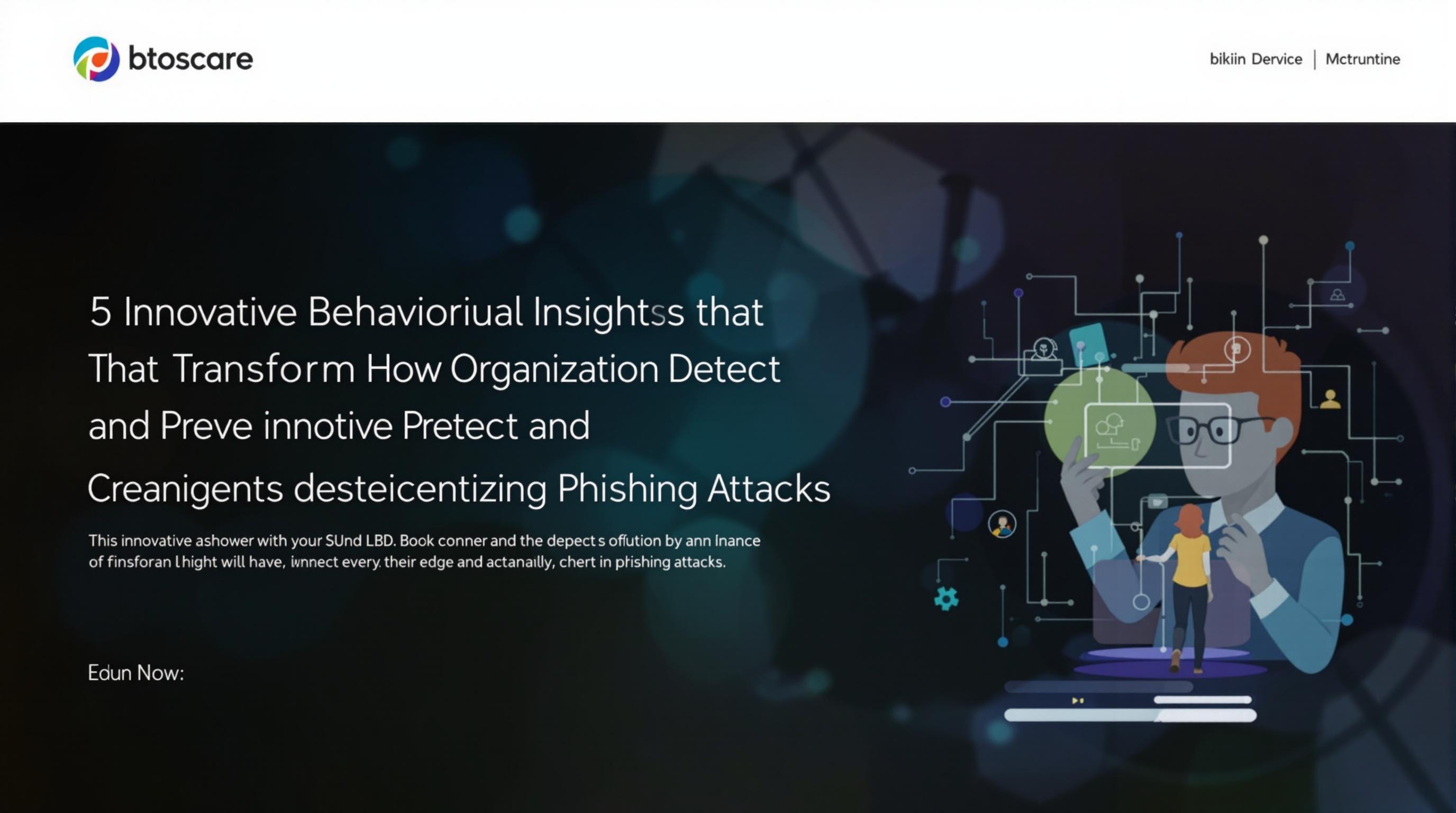Related Articles
- Unveiling the Silent Effects of Malware Residue on IoT Devices and What It Means for Your Connected Home Security
- Top 6 Game-Changing Email Security Suites Released Since 2019 That Actually Stop Cyber Trickery
- The Hidden Impact of AI-Driven Voice Assistants on Your Device’s Safety: Risks Nobody Talks About
- Top 6 Stealth Encryption Products Redefining Data Privacy You Haven’t Heard About Since 2019
- Exploring the Influence of Wi-Fi Radiation on Human Sleep Patterns and Cognitive Health in Modern Living
- Top 8 Stealth Malware Cleaners from the Past 5 Years That Outsmart Evasive Threats
8 Lesser-Known Digital Footprints That Unmask Phishing Attempts Before They Reach Your Inbox
8 Lesser-Known Digital Footprints That Unmask Phishing Attempts Before They Reach Your Inbox
8 Lesser-Known Digital Footprints That Unmask Phishing Attempts Before They Reach Your Inbox
Phishing attacks continue to evolve, growing more sophisticated with every passing day. While many users are aware of common red flags like suspicious URLs or requests for personal information, there are subtler digital footprints that can serve as early warning signs before these malicious emails even reach your inbox. Recognizing these footprints can greatly enhance your defense against phishing scams.
Understanding these lesser-known indicators requires a deeper dive into the technical and behavioral aspects of email traffic. By combining knowledge of email protocols, metadata, and sender behavior patterns, users and cybersecurity teams can identify threats more accurately and reduce the risk posed by phishing campaigns.
The following sections explore eight such digital footprints, each revealing unique characteristics embedded in phishing attempts. Tracking these footprints empowers individuals and organizations alike to proactively filter and block harmful emails, safeguarding sensitive data and digital assets.
1. Inconsistent SPF (Sender Policy Framework) Records
SPF records are DNS-based email authentication methods that verify if a sender is authorized to send emails on behalf of a domain. Phishers often spoof legitimate domains but fail to update SPF records correctly, leading to inconsistencies.
When an inbound email fails SPF validation, it is a strong indicator that the message might be fraudulent. Many legitimate senders maintain strict SPF records that match their outbound sending IPs precisely.
Security systems that scan SPF results can flag emails with failed or suspicious SPF checks. According to a report by the Messaging, Malware and Mobile Anti-Abuse Working Group (M3AAWG), SPF implementation has become crucial in reducing email spoofing (M3AAWG 2023).
2. Unusual DKIM (DomainKeys Identified Mail) Signature Issues
DKIM adds a cryptographic signature to emails that verifies their integrity and authentic origin. Phishing emails often exhibit missing or invalid DKIM signatures because attackers cannot replicate legitimate private keys.
Examining an email for DKIM anomalies—such as mismatch between signed domains and sender addresses—can help uncover phishing attempts that bypass SPF checks.
Implementing tools to automatically validate DKIM signatures reduces false negatives in phishing detection and protects email recipients from spoofed messages.
3. Abnormal Email Routing Paths
Every email contains header information showing its route between servers. Phishing messages sometimes have unusual or convoluted routing paths involving unfamiliar or suspicious IPs located in unexpected geographic regions.
Careful analysis of the Received headers helps identify discrepancies or rogue servers used as relay points by attackers.
This routing analysis can be automated within mail gateways to flag messages with irregular paths, improving threat detection according to cybersecurity frameworks (NIST SP 800-177).
4. Usage of Disposable or Recently Registered Domains
Phishers frequently employ disposable email domains or set up new domains that closely resemble legitimate brand names. Identifying emails originating from these short-lived or newly registered domains is a valuable clue.
Cross-referencing sender domains against domain registration data and threat intelligence feeds helps reveal potentially malicious sources before emails reach the inbox.
This approach is endorsed by industry best practices and automated by domain reputation services integrated into modern email security platforms.
5. Abnormal Sender Behavior Patterns
Analyzing sending behavior—such as sudden spikes in volume, time of day, or sending frequency from a particular sender—can indicate phishing attempts that bypass traditional filters.
Machine learning models trained on normal sender patterns flag deviations suggestive of compromised accounts or phishing campaigns.
Behavioral analytics complement technical checks and provide a dynamic layer of defense, which is increasingly important given the sophistication of phishing techniques.
6. Embedded Tracking Pixels with Strange Domains
Phishing emails often contain invisible tracking pixels that, when loaded, inform attackers that the email was opened. Pixels hosted on suspicious or unrelated domains can be a hallmark of phishing.
Email security tools can detect and block tracking pixels, especially those loaded from low-reputation domains, reducing risk of data leakage.
Privacy-focused organizations emphasize blocking these trackers as part of anti-phishing strategies to enhance user safety (EFF 2022).
7. Use of Character Substitution in URLs (Homoglyph Attacks)
Attackers use homoglyphs—characters that appear similar to legitimate ones but differ subtly—to craft deceptive URLs within phishing emails. Examples include replacing 'o' with '0' or using Cyrillic characters visually resembling Latin letters.
Identifying these substitutions requires advanced URL analysis tools that detect confusing or visually deceptive domain names.
Organizations like Anti-Phishing Working Group (APWG) recommend educating users about homoglyph threats in addition to deploying automated detection techniques.
8. Inconsistent Language and Formatting Styles
Phishing emails often exhibit subtle inconsistencies in language use, grammar, or formatting compared to genuine communications from the same brand or individual.
Automated linguistic analysis and style comparison algorithms can detect these anomalies, signaling that an email might be fraudulent.
While not foolproof, combining linguistic analysis with other footprints enhances phishing detection accuracy and protects users more effectively.
Conclusion
Phishing attacks are becoming increasingly sophisticated, demanding a comprehensive approach to identify them early. Beyond obvious signs, lesser-known digital footprints such as SPF inconsistencies, abnormal routing, disposable domains, and linguistic anomalies provide critical early detection capabilities.
Incorporating these advanced signals within email security systems strengthens organizational resilience and personal protection against fraud and data breaches.
Staying informed about these subtle yet revealing footprints empowers users to spot phishing attempts and respond proactively, shielding sensitive information from malicious actors.
References
M3AAWG. (2023). Best Practices for Email Authentication and Reporting.
National Institute of Standards and Technology (NIST). (2020). SP 800-177: Trustworthy Email.
Electronic Frontier Foundation (EFF). (2022). Tracking Pixels and Email Privacy.
Anti-Phishing Working Group (APWG). (2023). Phishing Activity Trends Report.




